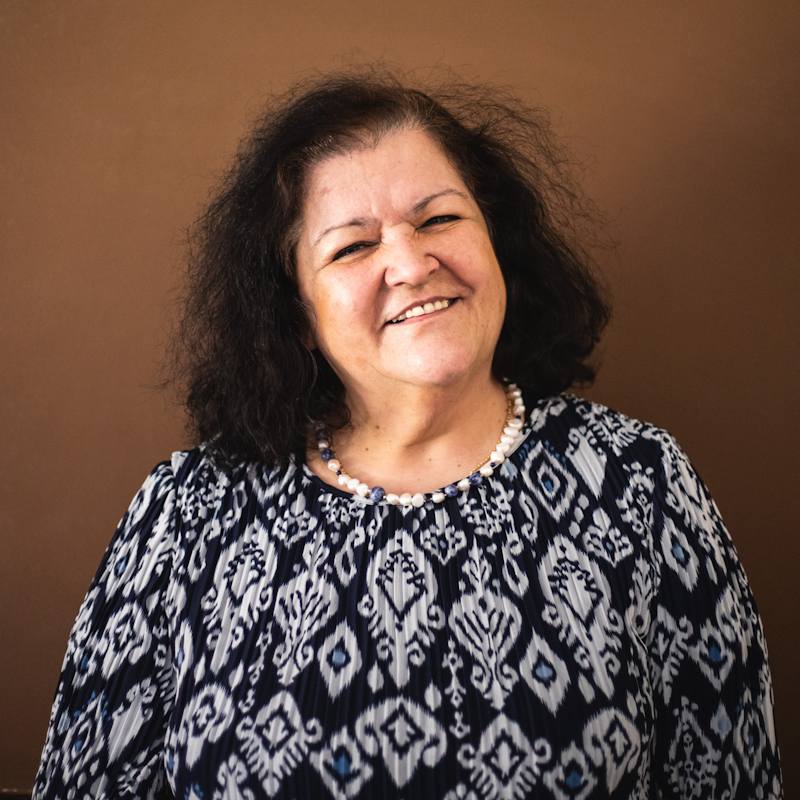Universal Accessibility: Heritage and Tourism
Summary
This interdisciplinary project explores the conditions of universal accessibility (physical and architectural, informational, communicational, and virtual) based on the promotion of accessible cultural heritage and tourism.
The geographical area of choice is located north of the Douro River, privileging the coast and the river border, where we intend to address the issue of accessibility to heritage and accessible tourism in several case studies.
- The first one refers to the Portuguese Way to Santiago – the Coastal Way and the Central Way. Besides the religious architecture, the public and private pilgrims’ hostels and other types of accommodation, we also study the Way itself.
- The second case is based on all the architectural structures with a military character – forts, forts, castles and other related heritage;
- The third case study concerns archaeological heritage, namely the fortified settlements – Hillforts – attributable to the Iron Age and their interpretative centres.
We can also consider a fourth case study related to the analysis of the websites of several national and international institutions which are somehow related to the topics under consideration, especially in the areas of Heritage and Tourism, which serve us as a model of comparison between virtuality and reality regarding universal accessibility.
The cultural heritage under study needs the implementation of accessible and inclusive enhancement projects to be appreciated by the community, pilgrims and tourists, i.e. by everyone.
It is also intended to identify other existing resources in the territory, creating an integrated knowledge that allows the development of innovative tourism products that contribute to the creation of accessibility and sustainable development.
The involvement of the community is essential, being the pillar in the process of heritage management and tourism development.
The project plan has 3 phases: development of the conceptual framework, empirical study and dissemination of results. The project adopts several methods, combining quantitative and qualitative techniques of primary and secondary data collection and analysis.
The improvement of universal accessibility conditions potentiates the increase of tourists, with or without special difficulties. We intend to develop a digital platform for universal accessibility regarding the cultural heritage of the northern coast, which includes support manuals on universal accessibility for several agents of the territory, creating value and sustainability.
Research Group: Territories and Organisations for Sustainable Development (TOSD)
Sustainable Development Goals:
4. Quality education
8. Decent Work and Economic Growth
10. Reduced Inequalities
11. Sustainable Cities and Communities
17. Partnerships for Implementing the Goals





Main Objectives
- To contextualise in historical, cultural and touristic terms the heritage related to the case studies, with emphasis on the issue of tourism in terms of universal accessibility, understanding its transversality and the relationship with the construction of knowledge and collective memory;
- To promote sustainable development, universal (including virtual) accessibility and integrated management of the different heritage sites;
- To enhance, promote and strengthen the cultural heritage and the management of the territory for a sustainable development promoting a tourism development of the region, anchored on the heritage;
- To reinforce tourism, in general, and accessible tourism, in particular, as a relevant vector in the promotion of this geographical area, transforming it into a tourist destination based on the promotion of accessible heritage education;
- To promote the creation of new itineraries of routes and new experiences of heritage and cultural and accessible tourism;
- To promote the co-responsibility and collaboration of the various public entities, populations, audiences with competence in these areas in order to avoid possible dysfunctions in their exercise;
- To improve the protection and transmission to future generations of the region’s cultural heritage sustained by environmental and heritage education;
- To maintain and internationalize the memory and identity of this territory, making it sustainable and an example of good practice in terms of universal accessibility.



